.webp)
A breathtaking sample of the opulence, artistic sensibility and commercial heritage of days gone by, Patwon ki Haveli is a stunning architectural treasure in the heart of Jaisalmer. The largest and most significant haveli in Jaisalmer, this fantastic structure is more than a grand house; it is a cluster of 5 exquisitely carved mansions. Its golden yellow sandstone exterior seems to change and shift as the sun passes over it, beautifully embodying the essence of the city’s nickname. It offers travellers an unmatched glimpse into the opulent lifestyle of the Patwa family, who once resided there. Patwon ki Haveli narrates a story of prosperity carved in stone, a must-visit place for architecture and history lovers alike.
History of Patwon ki Haveli, Jaisalmer
Early in the 19th century, when Jaisalmer was thriving as a major commerce hub on the historic Silk Road, Patwon ki Haveli was born. Guman Chand Patwa is a wealthy businessman and a Jain personality, commissioned by the haveli. It was a multi-generational project that took around 60 years to finish, with work on this gargantuan building beginning around 1805 and concluding around 1860.
It was built as a grand complex of five separate but linked havelis, each of which was intended for Guman Chand Patwa and his five sons. It was unique among contemporary houses because of its grandiose size and bifurcated architecture. Patwon ki Haveli is responsible for beginning a powerful architectural heritage in Jaisalmer by being the first haveli in Jaisalmer.
A painful aura of mystery was layered over the city’s rich history when the Patwa family left the haveli and the city itself because of shifting political boundaries and trade routes after centuries of unmatched splendor
Architectural Layout of Patwon ki Haveli, Jaisalmer
With the local yellow sandstone, Patwon ki Haveli is a masterful representation of Rajasthani classical architecture, masterfully blending Rajputana craftsmanship with restrained Mughal influences. The golden hue of the haveli adds to the fame of Jaisalmer.
Major architectural features are –
Complex Facades are truly a breathtaking mosaic of small and intricate carvings. Lovely motifs including geometric patterns, mythical beings, floral motifs and scenes from everyday life.
Jharokhas in havelis are known for their intricately carved balconies, having both practical and decorative purposes, enabling the ladies of the family to witness the external world in scenery.
Courtyard were planned around a series of courtyards that served as the social and ceremonial centers of the houses.
Interiors of the havelis were owned by Patwa family and showcases high ceilings, ornate pillars, and wall decorated with mirror works.
Timings and Entry Fees:
Patwon ki haveli warmly greets travellers throughout the week. The haveli is usually open from 9:00 AM to 5:00 PM. The ideal visiting times are the morning or late afternoon, when the light for photography and viewing is optimal.
Entry Fee:
Indian visitors – 20 to 60 per persons
Foreign visitors – 100 to 120 per persons
Camera charges – Taking still photographs and video cameras into the complex normally involves the payment of different, minimal charges. Travellers are advised to confirm rates when they arrive since these rates vary.
Best time to visit Patwon ki Haveli Jaisalmer
Winter months from October to March, is the ideal time of the year to explore Patwon ki Haveli and Jaisalmer altogether. The weather is at its best currently. Walking along the small streets and sightseeing are much more pleasant than in the burning summer heat due to the moderate temperatures, 10 and 27 degree Celsius. The peak months are best for Jaisalmer Desert Festival in February, great time to observe the region’s culture and traditions.
Early morning or late afternoon/sunset are the best times to see the haveli during the day in order to fully appreciate its most famous trait, its golden color, because it is beautifully lit by the sun’s low position.
Places to visit near Patwon ki Haveli Jaisalmer:
Jaisalmer Fort is one of the very few existing living forts of the world, lies close to the haveli and offer an exquisite view of the city.
Nathmalji ki Haveli is famous for its rare asymmetrical design, built by two architect brothers who simultaneously worked on it from two different directions.
Salim Singh ki Haveli was built in the 18th century, known for its peacock-shaped arched roof and its stunning, featuring numerous beautifully carved balconies.
Gadisar Lake is a peaceful man-made water reservoir, established during the 14th century. Surrounded by temples and ghats, perfect for unhurried boat tours and sunset observations.
Bada Bagh offers a peaceful ambiance with awe-inspiring views of the sunset.
Sam Sand Dunes lie approximately 40 to 45 kms from the city. The dunes offer the quintessential Thar desert experience and are popular for camel rides, desert safaris and cultural night time activities.
Conclusion –
Patwon ki Haveli is a strong cultural declaration as opposed to being a historical monument. It represents the remarkable wealth and skilled artistic patronage of the city’s merchant class in the 19th century and is the biggest and oldest haveli complex in Jaisalmer. Its golden sandstone which skilled artisans have fashioned into a complex lace-like wonder, serves as a vivid, timeless record of Marwari grandeur. Patwon ki Haveli is indeed a gem of the Golden city, where tourists can experience the essence of Rajasthan’s architectural brilliance and cultural legacy.

Gulab Bagh And Zoo, Udaipur
.webp)
Bagore ki Haveli, Udaipur
.webp)
Eklingji Temple, Udaipur
.webp)
Bada Bagh, Jaisalmer
.webp)
Patwon ki Haveli Jaisalmer
.webp)
Jaisalmer War Museum
.webp)
Nathmal ji ki Haveli Jaisalmer
.webp)
Gadsisar Lake Jaisalmer
.webp)
Sisodia Rani ka Bagh Jaipur

Sisodia Rani ka Bagh Jaipur

Gadsisar Lake Jaisalmer

Nathmal ji ki Haveli Jaisalmer
.webp)
Desert Festival Jaisalmer – Music, Dance & Culture
.webp)
Rajasthan Festival Calendar: Your Guide to Celebrations
.webp)
A Food Lover’s Guide to Rajasthan: What to Eat & Where
.webp)
Forts & Palaces of Rajasthan You Cannot Miss
.webp)
National Parks and Wildlife Sanctuaries in Rajasthan
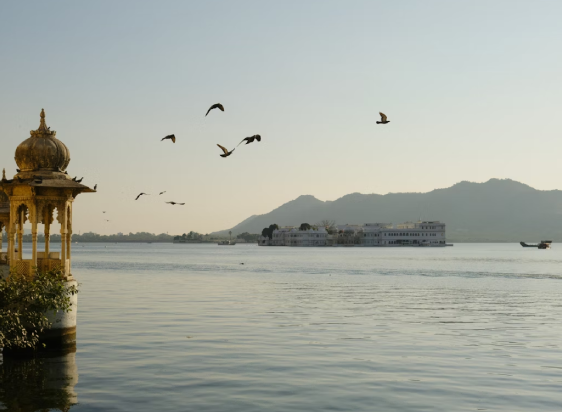
City Palace Udaipur Travel Guide: Timings, Tickets, History & Photography Spots
.webp)
Explore India’s Heritage in 3 Days: Golden Triangle Tour Itinerary

Golden Triangle Tour: 4 Days of History, Culture, and Adventure
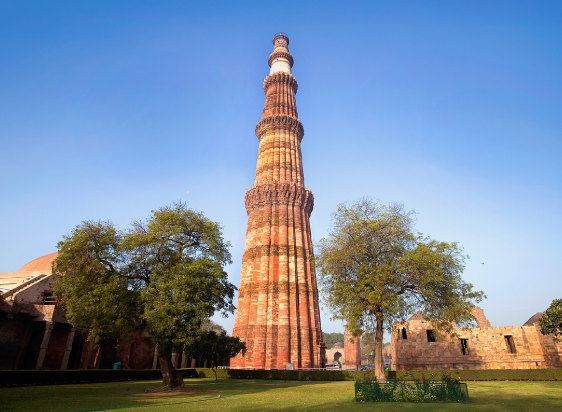
Maximize Your Experience: 5-Day Golden Triangle Tour Package Highlights
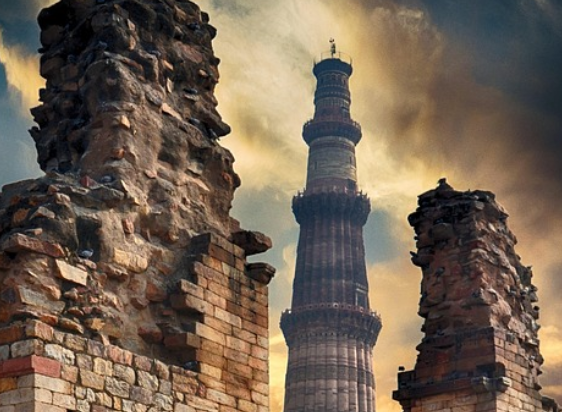
The Ultimate 6-Day Golden Triangle Tour: From Monuments to Markets
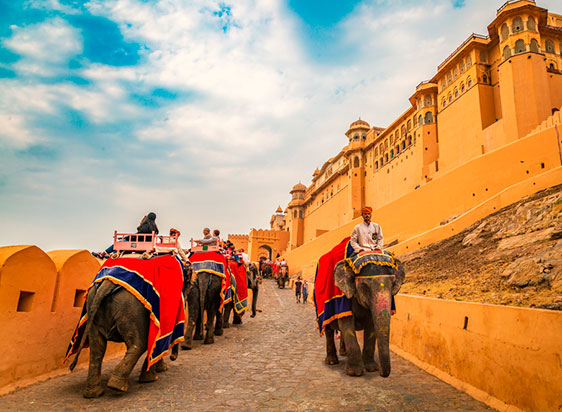
10 must-see places in Jaipur
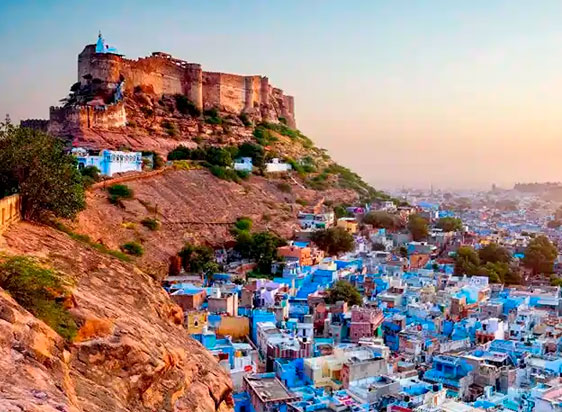
10 must-see places in Jodhpur
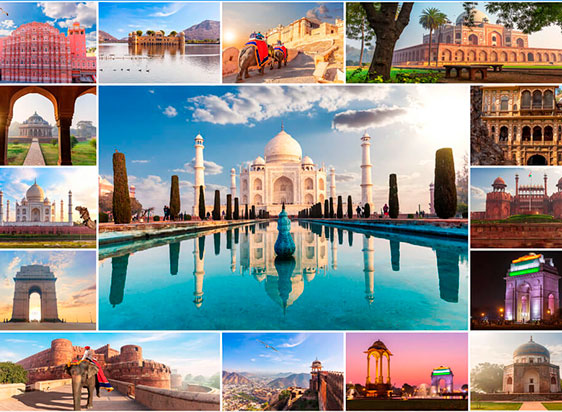
10 Must-See Places in India

10 must-see places in Jaisalmer
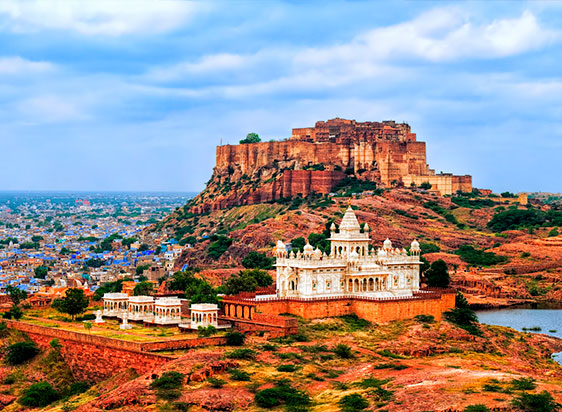
10 must-see places in Rajasthan
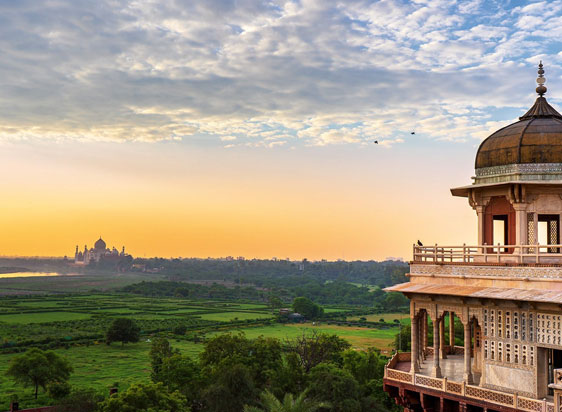
How to Reach Agra?
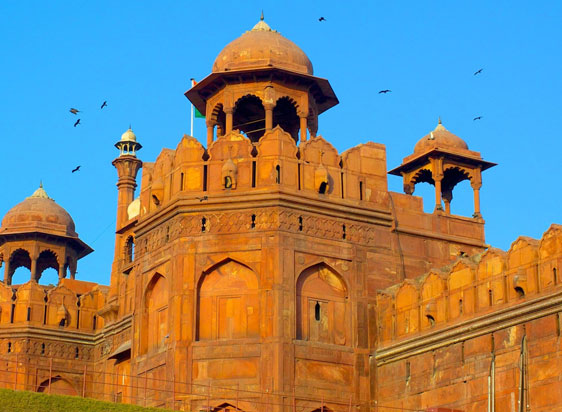
How to Reach Delhi?

How to Reach Jaisalmer?

How to Reach Udaipur?

How to Reach Jaipur?

Char Dham Yatra: A Journey of Faith and Spiritual Awakening in Uttarakhand

Places To Visit in Jaipur with Family
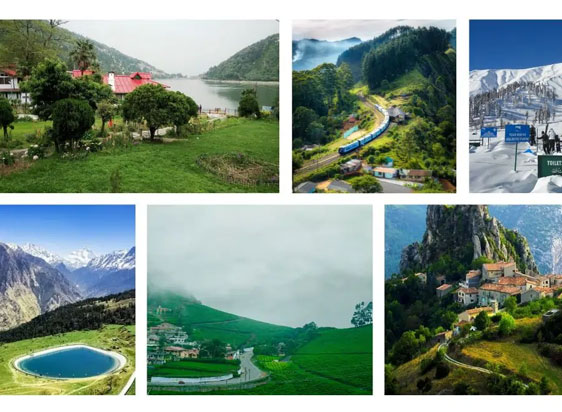
10 Hill Stations In India- Location, History, Timings, Images

India Gate Delhi – Location, History, Timings, Entry Fee, Images
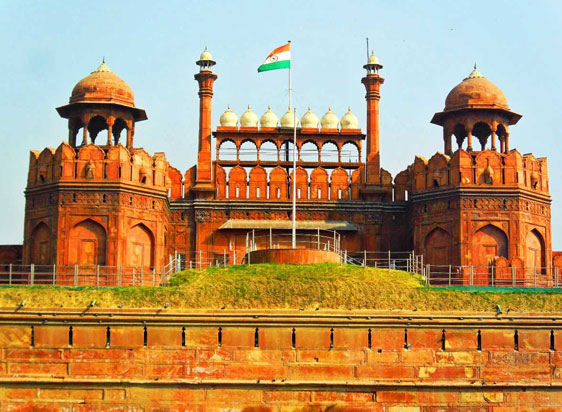
Red Fort – Old Delhi, Facts, Timings, History, Location

Golden Triangle Tour of Luxury and Budget-Friendly

Best Time to Visit the Golden Triangle: Seasonal Travel Guide

Akshardham Temple Delhi Timings, History, Entry Fee, Images, Aarti, Location & Phone Number

Best Ranthambore Tour Packages Itinerary

Best Jaisalmer Tour Packages Itinerary

Best Udaipur Tour Packages Itinerary

Best Jaipur Tour Packages Itinerary

Best Rajasthan Tour Packages Itinerary

How to pick the right India tour packages?

All India Tour Packages Cost: Exploring the Riches of Incredible India

Rajasthan Festivals Tour Guide

A Complete Travel Guide to Jaipur for IIFA 2025

IIFA 2025 Jaipur: Celebrating 25 Glorious Years of Indian Cinema / IIFA Awards 2025 Date, Venue, Tickets, Host, Transportation

Taj Lake Palace Udaipur

Eklingji Temple, Udaipur

Bagore ki Haveli, Udaipur

Most Popular Dishes to Try in North India Tour

Ranthambore National Park Safari

Moti Doongri Ganesh Temple Jaipur

Jawahar Kala Kendra Jaipur
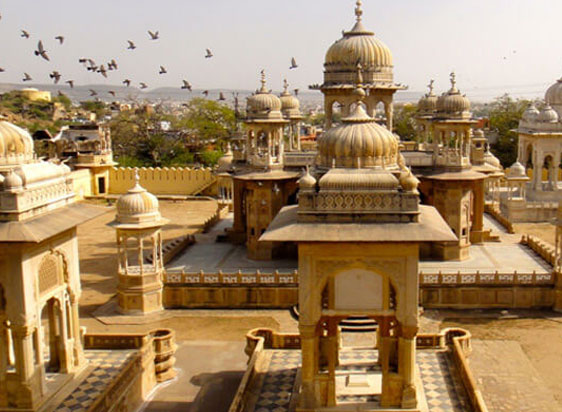
Gatore Ki Chhatriyan Jaipur – Entry Fee, Timing, Location

Albert Hall Museum Jaipur

Panna Meena ka Kund Jaipur
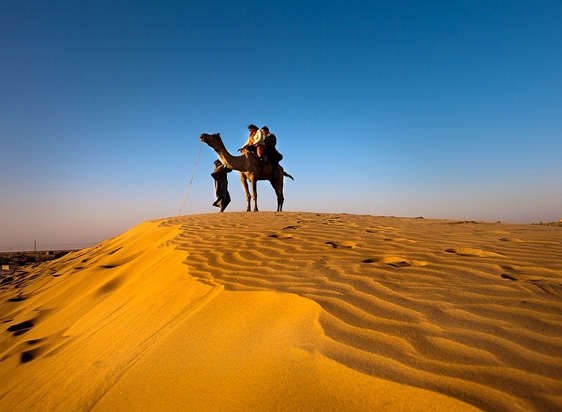
How to Book a Tour Guide in Jaisalmer?

How to Book a Tour Guide in Ajmer Pushkar?
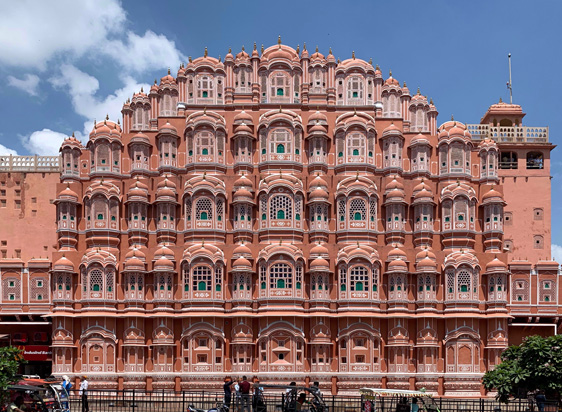
How to Book a Tour Guide in Jaipur?
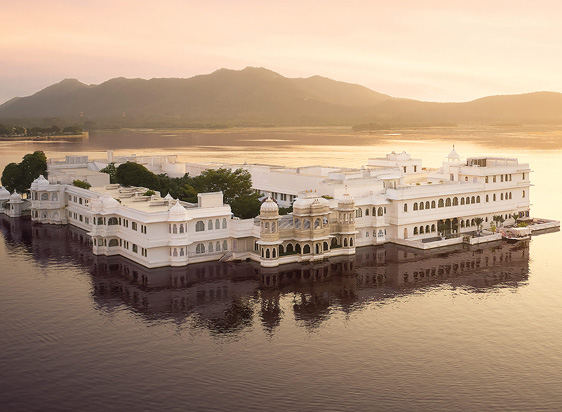
How to Book a Tour Guide in Udaipur?

How to Book a Tour Guide in Rajasthan?

Female tourist guide in Jaipur

Jaipur Solo Trip Package

These 7 spots will tell you why Rajasthan is the perfect spot for Glamping

7 Unforgettable Road Trips of Rajasthan

Film Shoot Locations in Jaipur

Jaipur Zoo Garden – Timings, Entry & Tickets Prices, and Things to See
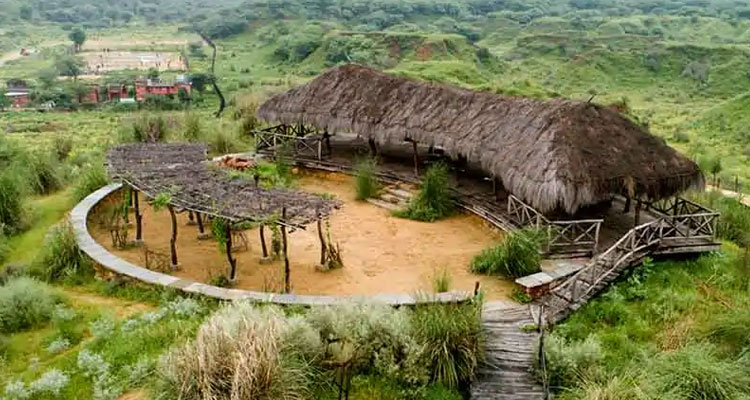
Kishan Bagh Jaipur – Entry Fee, Timings, Location

Jaipur Tourism: All you need to know

Johari Bazaar Jaipur: A Must-Visit Shopping Place

Chandra Mahal Jaipur

6 Exhilarating Road Trips From Jaipur That’ll Invoke Your Wanderlust Soul

Jaisalmer Nightlife: What To Do And See In The Golden City After Dusk Falls

Places To Visit in Udaipur At Night

Top 10 Winter Honeymoon Destinations in Rajasthan to Make Memories with Your Loved Ones

10 Best New Year Destinations in Rajasthan

Nahargarh Fort Jaipur – History, Architecture, Timing, Entry Fee, Attractions, Lesser-Known Facts

Tips for Solo Female Travelers in Rajasthan

Discover the Unseen Places in Rajasthan

Best Monsoon Tour Packages of Rajasthan

12 Reasons Why I Absolutely Loved Rajasthan

Rajasthan Cultural Holidays

Best One Day Trips in Rajasthan

Birla Mandir Jaipur – History, Architecture, Timing, Entry Fee, Attractions, Lesser-Known Facts
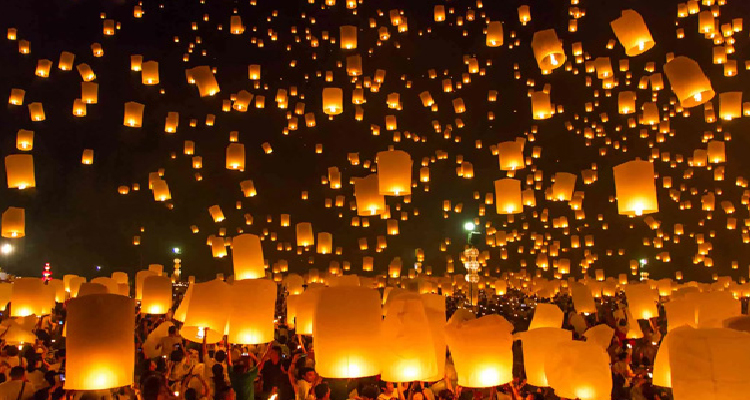
Top 7 Destinations in India to Celebrate New Year 2024

Jaipur Travel Tips
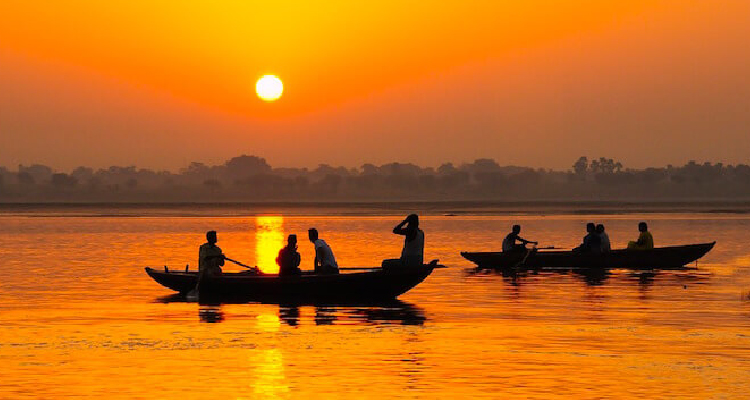
7 Amazing Things to Do and See in India in 2023-24
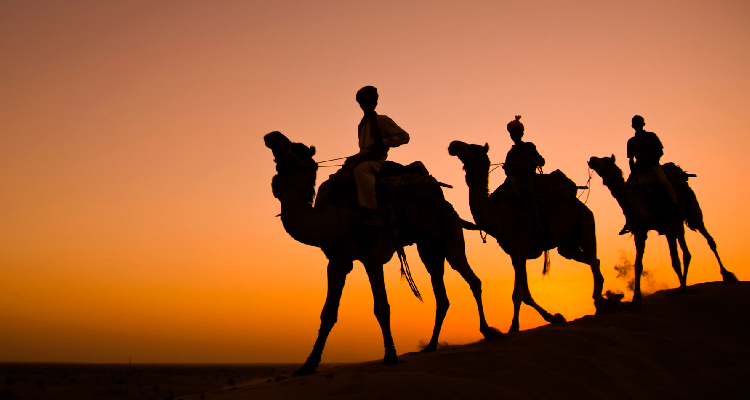
The Ideal Rajasthan Itinerary

Places to visit near Jaipur for 2 days

India's Top 10 UNESCO WORLD heritage sites

Royal Experiences in India to Make You Feel Like Maharajas in 2023-24

Jaipur Tour by Private Car and Driver

Luxury Travel India: Explore the best Luxury India Tour in one go
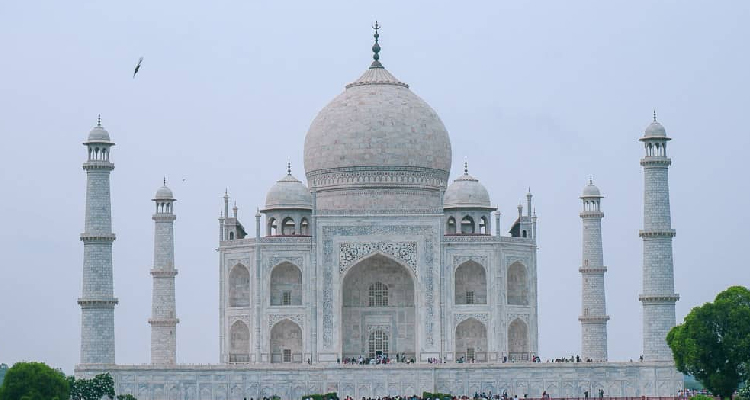
A Complete Guide to India Golden Triangle

How To Choose The Best Taxi Service in Jaipur for Sightseeing

The Ultimate Rajasthan Family Vacation: A Comprehensive Guide

Hawa Mahal: About, Time, History, Activities, Entry Fee

Chokhi Dhani Resort: About, Time, History, Activities, Entry Fee

JLF 2025: Jaipur Literature Festival, Dates, Lineup, Tickets
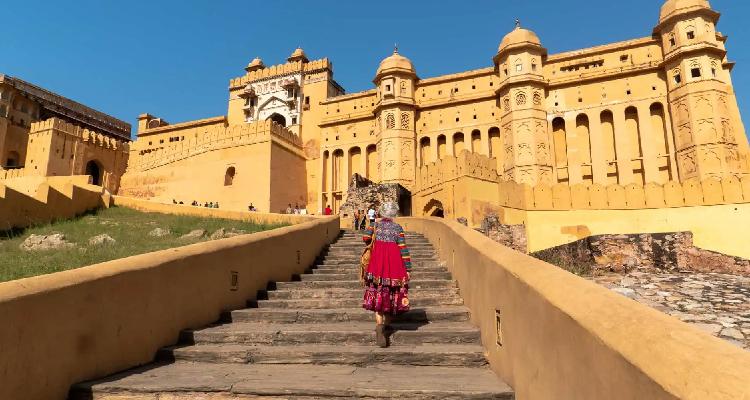
Planning a Rajasthan Family Adventure: Tips and Tricks

Jaipur Tour Guide
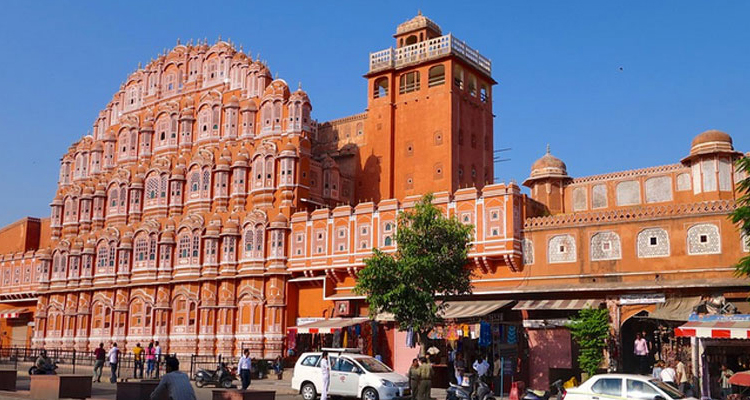
2 Days Jaipur Sightseeing Tour

Shopping Paradise: A Guide to the Vibrant Bazaars of Jaipur

Discover Rajasthan with Kids: Top Family-Friendly Destinations

Luxury Cars in Jaipur for That Special Occasion

Top 10 Popular Temples To Visit In Jaipur
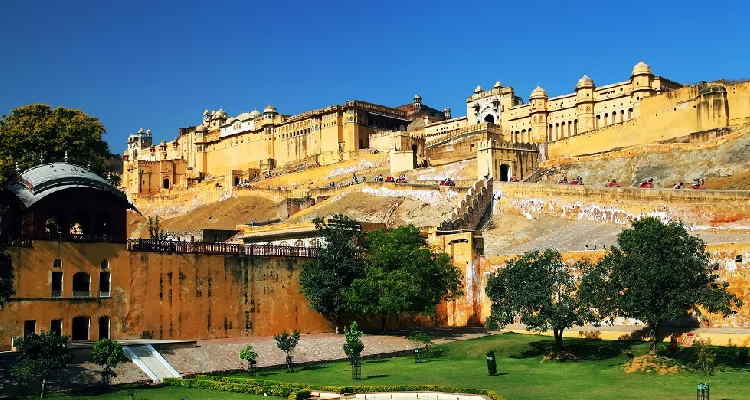
Rajasthan's Kid-Friendly Palaces and Forts: A Historical Adventure for the Family

Amber Fort: About, Time, History, Activities, Price

B2B Travel Company in Rajasthan
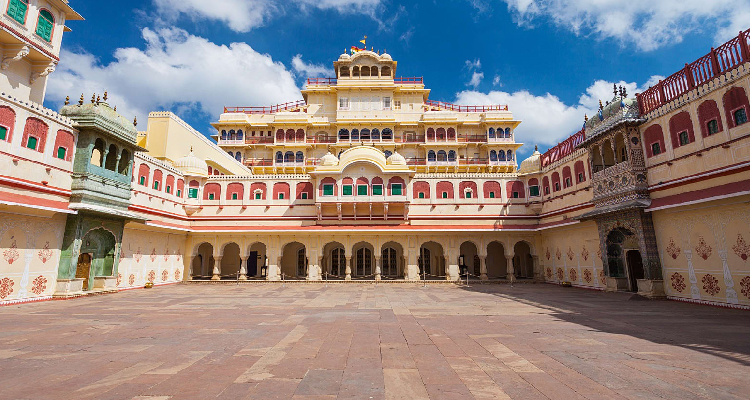
Unique Experiences to Enjoy in Jaipur

Family Fun in Jaipur: Exploring the Pink City with Children

Jaipur Shopping Guide: Best Things to buy and Shopping Places in Jaipur

Udaipur Unplugged: Family-Friendly Activities by the Lake

Jantar Mantar: About, History, Activities, Time, and Entry Fees

Wildlife Encounters in Rajasthan: A Family Safari in Ranthambore
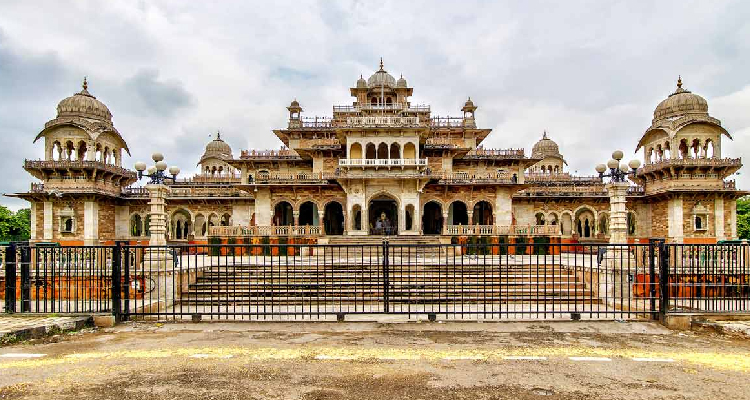
Albert Hall Museum: About, History, Activities, Time, and Entry Fee

Places to visit in Rajasthan

Top 7 Travel Destinations In Rajasthan For A Relaxing Trip In Winter 2022

Jaipur Food Tour

Rajasthan's Festivals for Families: Experiencing the Vibrant Culture Together

Jaipur Amber Fort: The Completer Tour Guide

Jaipur Tour By Tempo Traveller

Rajasthan's Royal Cuisine: Family Food Adventures

Exploring the Aravalli Hills: Family Trekking and Nature Walks

Amer Fort Light and Sound Show 2025

2 Days In Jaipur: Discover The Best Of Pink City In 48 Hrs

Hire Taxi in Jaipur

Jaipur Travel Guide: All You Need To Know For Planning Holiday in Jaipur
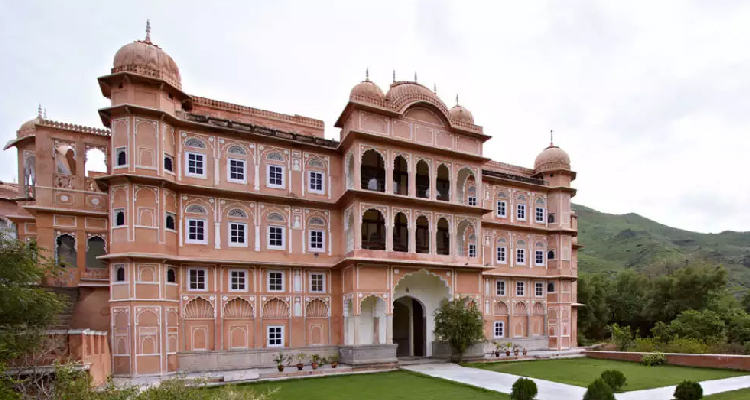
Heritage Hotels in Rajasthan: Unique Stays for the Whole Family
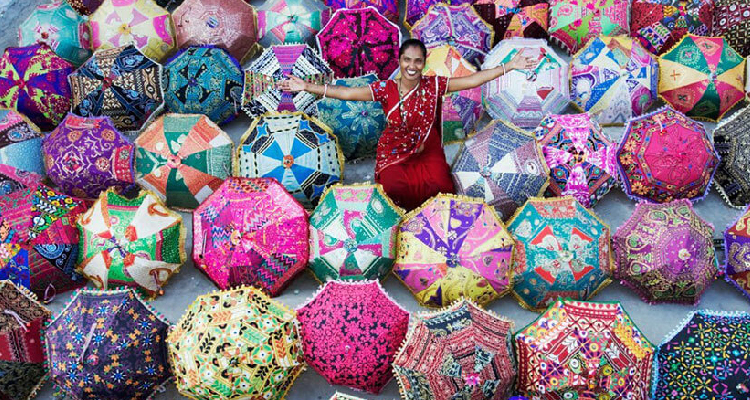
Crafting Memories: Family Art and Craft Experiences in Rajasthan

Wedding Car Rental in Jaipur

Top 10 Places to visit in Rajasthan in Winter

Discover These 5 Wildlife Sanctuaries Around Jaipur To Go On A Holiday Full Of Thrill!

Education Rajasthan Tour: An Ultimate Experience For Kids

Rajasthan Tour by Tempo Traveller

Hot Air Balloon Rides in Rajasthan: A Family Adventure in the Skies

Jaipur Airport Taxi

Golden Triangle Travel Guide
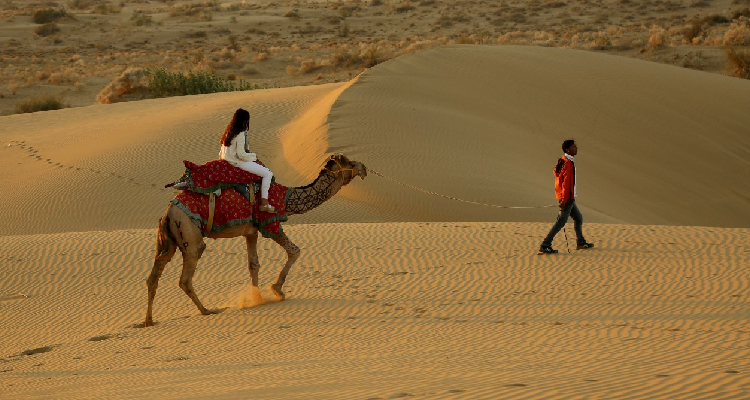
Camel Riding and Desert Camps: Family Adventures in the Thar Desert

Same-Day Tour to Jaipur

Shopping with the Family: Souvenirs and Local Markets in Rajasthan

7-Day Trip to Rajasthan

Festivals in Rajasthan

Rajasthan Luxury Tour by Car

Jaipur Like a Local: Experiencing the City Through Local Activities

Family Road Trip: Navigating Rajasthan's Scenic Routes

10 Luxury Stay in Rajasthan

Rajasthani Folk Tales: Storytelling Sessions for Children

Famous Foods of Rajasthan You Must Try on Your First Trip
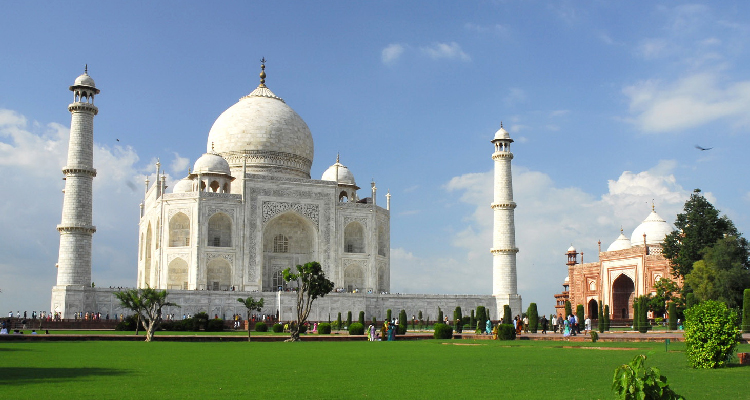
Places to visit On Golden Triangle Tour
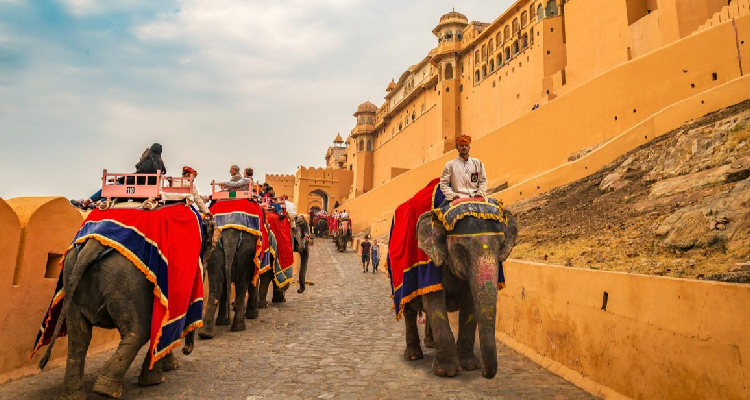
B2B Travel Company in Jaipur

How can I spend 3 days in Jaipur

How to Plan Your Rajasthan Tour

Jaipur Budget-Friendly Tour: The Best Way to Explore

Taxi in Jaipur

Unveiling the Pink City: A Historical Tour of Jaipur
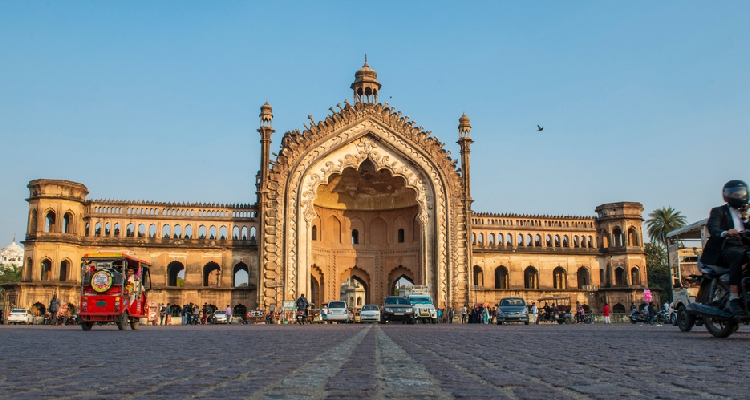
Places to visit in Ayodhya

Why is Jaipur known as Pink City

Taxi Services in Jaipur

Places to visit near Ayodhya
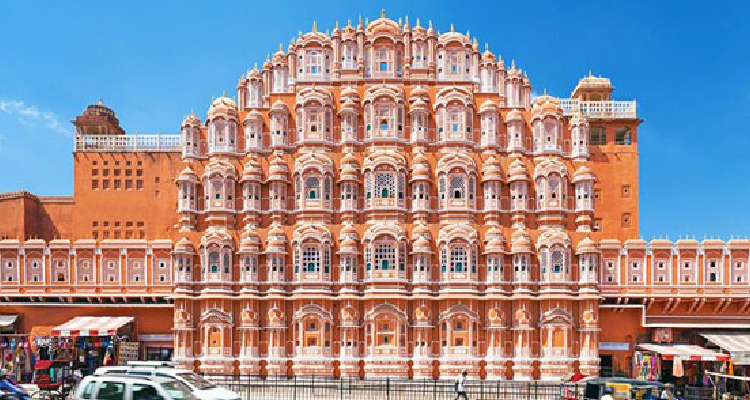
Attractive Places to Visit Near Jaipur in One Day

Timing & fees for visiting Jaipur monuments

Places to Visit in Jaipur in Winters
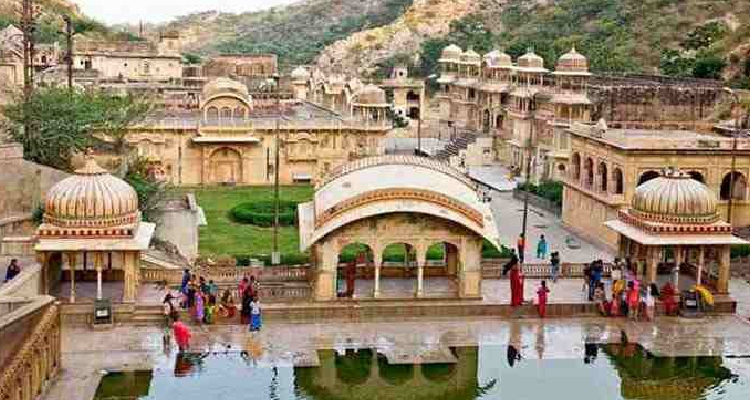
Jaipur Sightseeing Tour

Ayodhya Shopping Guide

Jhalana Leopard Safari Price

Planning Your Golden Triangle Tour by Car
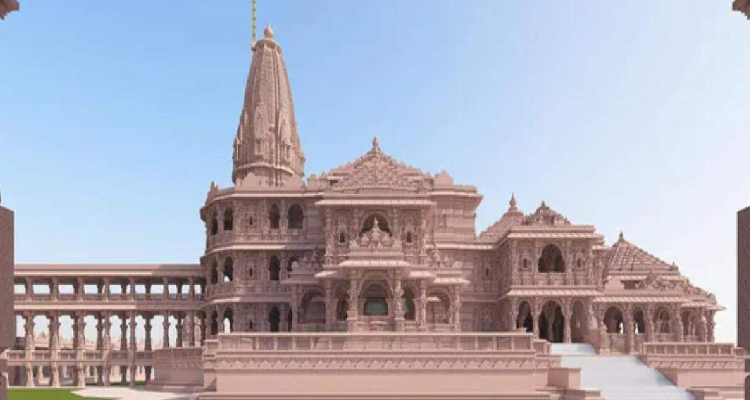
Ram Mandir Tour Guide (Ayodhya Tour Guide)

Rajasthan's Puppet Show and Folk Entertainment: A Delight for Kids

Jawai leopard Safari: Plan a memorable Wildlife Trip from Jaipur

Places to Visit Rajasthan in December
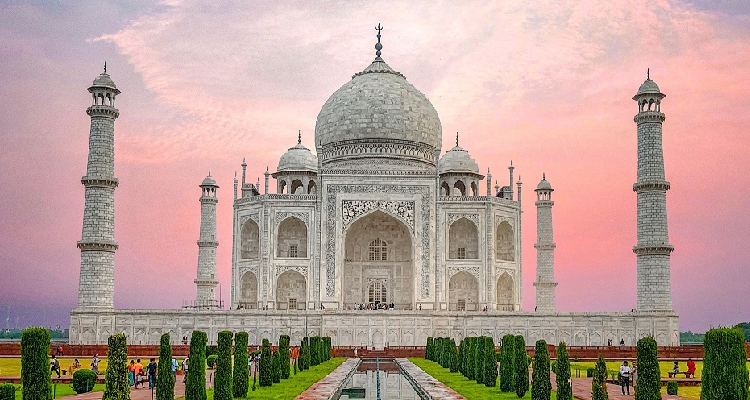
Taj Mahal Agra: Timings, History, Entry Fee, Images, Built by & Information

Best Wildlife Sanctuaries Around Jaipur

Tips to plan Jaipur Tour Packages
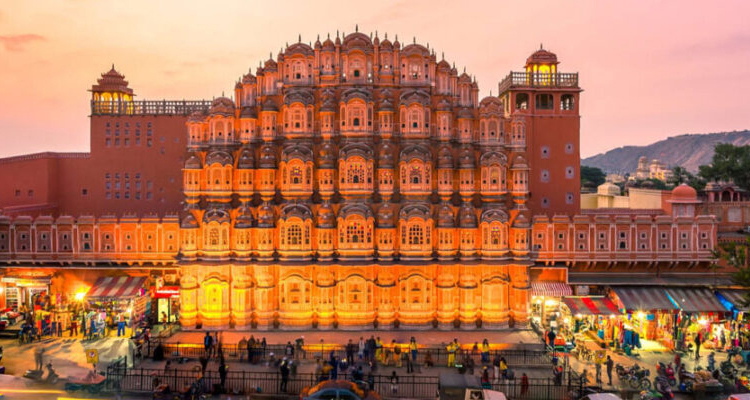
One Day Jaipur Local Sightseeing Tour Package by Car
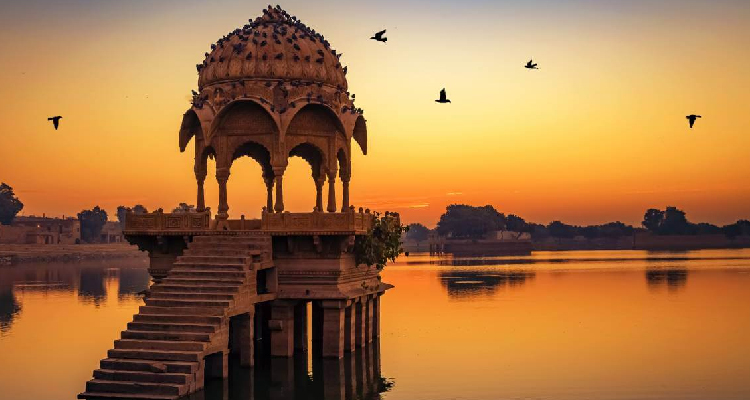
Most Popular Weekend Gateways From Jaipur

Chokhi Dhani Village Jaipur Package - Entry Fee, Timings 2023
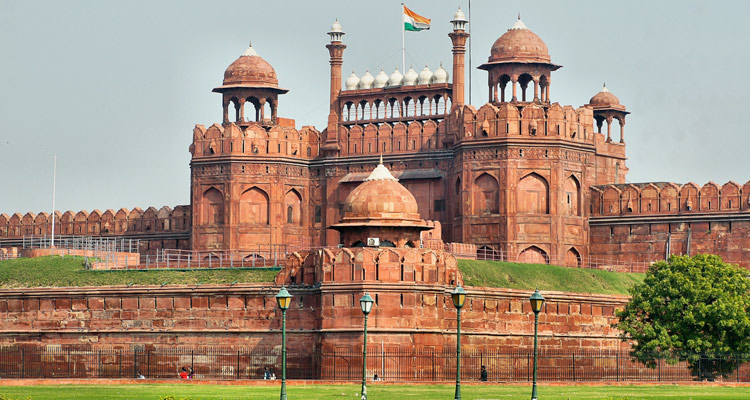
Red Fort / Lal Kila Delhi (Entry Fee, Timings, History, Built by, Images & Location

Best Honeymoon Destination in Rajasthan

10 Things To Do In Jaipur

Rajasthan Travel Guide: Places to visit, Best time to visit, How to reach, etc.
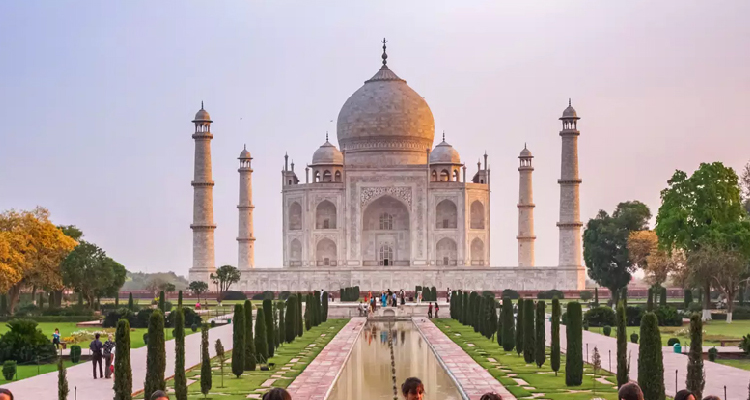
Jaipur Agra Same Day Tour

Best Time To Visit Jhalana Leopard Safari – Jaipur

Rajasthan Shopping Guide

7 Best Places To Visit Near Jaipur On A Same-Day Tour

How To Plan A Jaipur Trip?
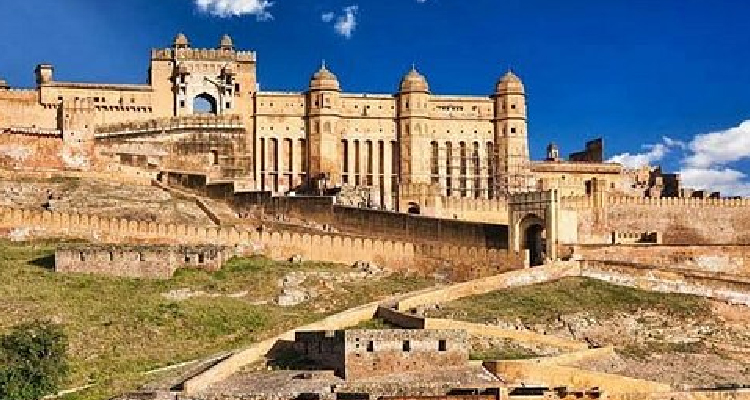
Top 68 Places to Visit in Jaipur
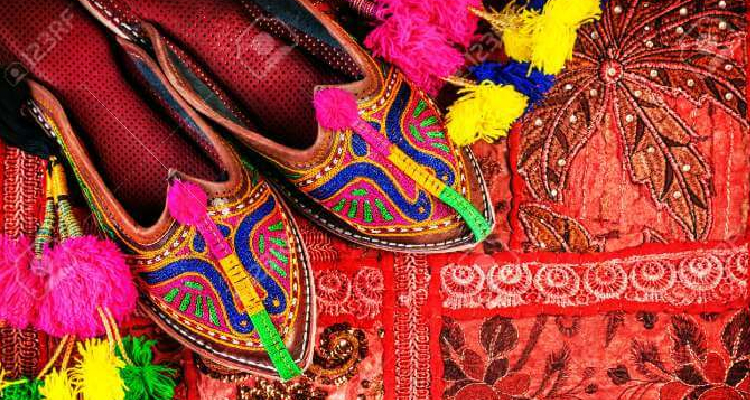
Best Shopping Places in Jaipur
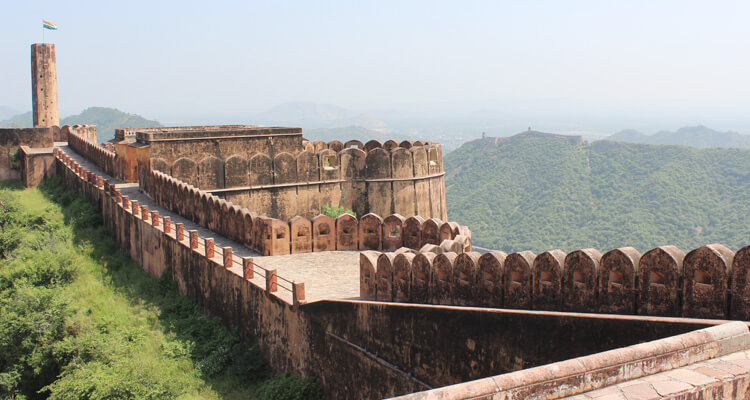
Jaigarh Fort, Jaipur (2024): Timings, Entry Fee, History
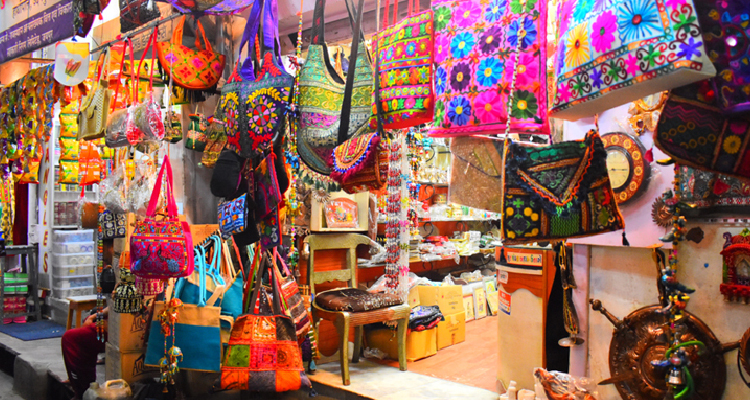
7 Things To Shop In The Jaipur Shopping Tour
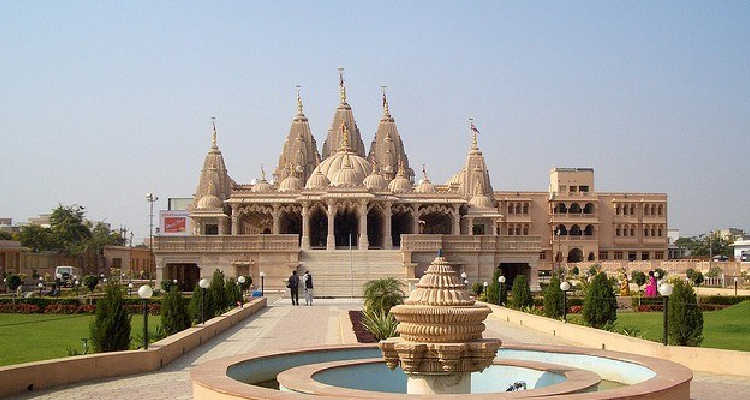
Akshardham Temple Jaipur

Luxury Car Rental in Jaipur
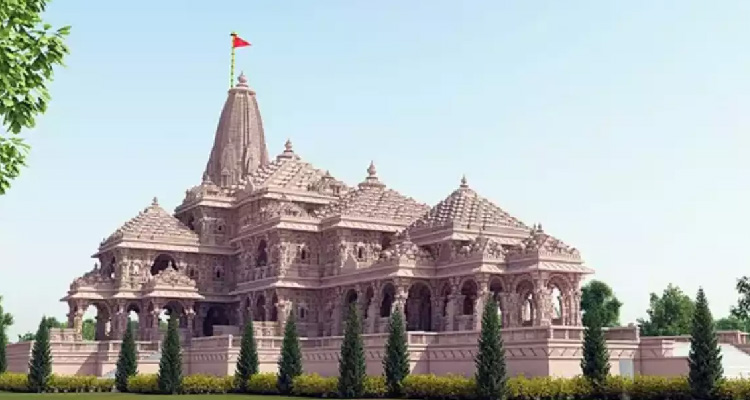
Architectural Marvels of Ayodhya: Heritage of Temples and Palaces

Planning Your Ayodhya Expedition: Travel Tips and Local Insights
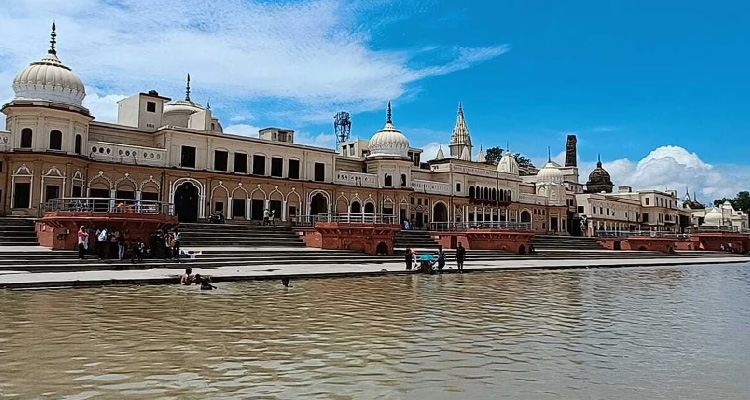
Heritage Walk: Unveiling Ayodhya's Historical Treasures

Exploring Ayodhya Beyond the Ram Mandir: Hidden Gems and Local Delights
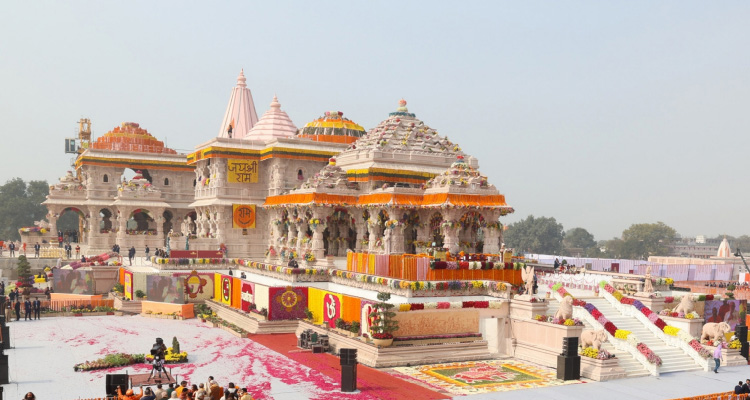
Things to do in Ayodhya

Call Our Customer Care Executive. We Are Available 24x7 Just Dial.
91-9166497735